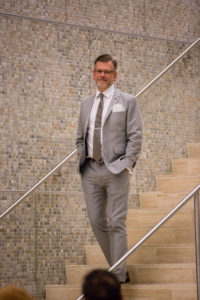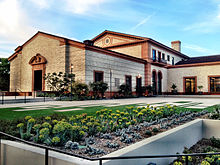[contextly_auto_sidebar]
It was on returning back to town in 2016, after a year away, that I was startled to see how much the performing arts scene had changed since I originally landed here in the late ‘90s. Some things about L.A. were worse, but this was more, better, more wide-ranging.
Instead of a simple cultural geography that mostly involved downtown L.A., the city had de-centered: Now I could see a jazz group in the Valley, Shakespeare in Santa Monica, a one-man-show on Dick Gregory in Beverly Hills. (I’d lived in that stories burg in my first few years on the West Coast, and feared the long-rumored arts hall would be devoted to some combination of conspicuous consumption and show-biz nostalgia. But the offerings at the Wallis Annenberg are among the most adventurous in town.)
I’ve learned as much about human nature, individual psychology, and the big questions of life and death from performances as I have from novels, films or visual art, so the expansion of performance here was a big deal. And while show folk, like all Angelenos, like to complain about the traffic and the gaps in public transportation, I realized that the frozen freeways—which had gotten worse while I’d been away—were partly responsible for the new offerings.
My attempt to decipher the new geography, and larger reality, of the performing arts in Los Angeles led to my latest feature, The Bookers, a piece in Los Angeles magazine concentrating on the men and women who bring classical music, opera, theater, dance, and multi-genre work to town. No single piece could get at all of the performing arts in greater LA, so I’ve emphasized recent changes and venues that break out of downtown’s historic near-monopoly.
The story has just gone online, and the June issue is on stands now.


